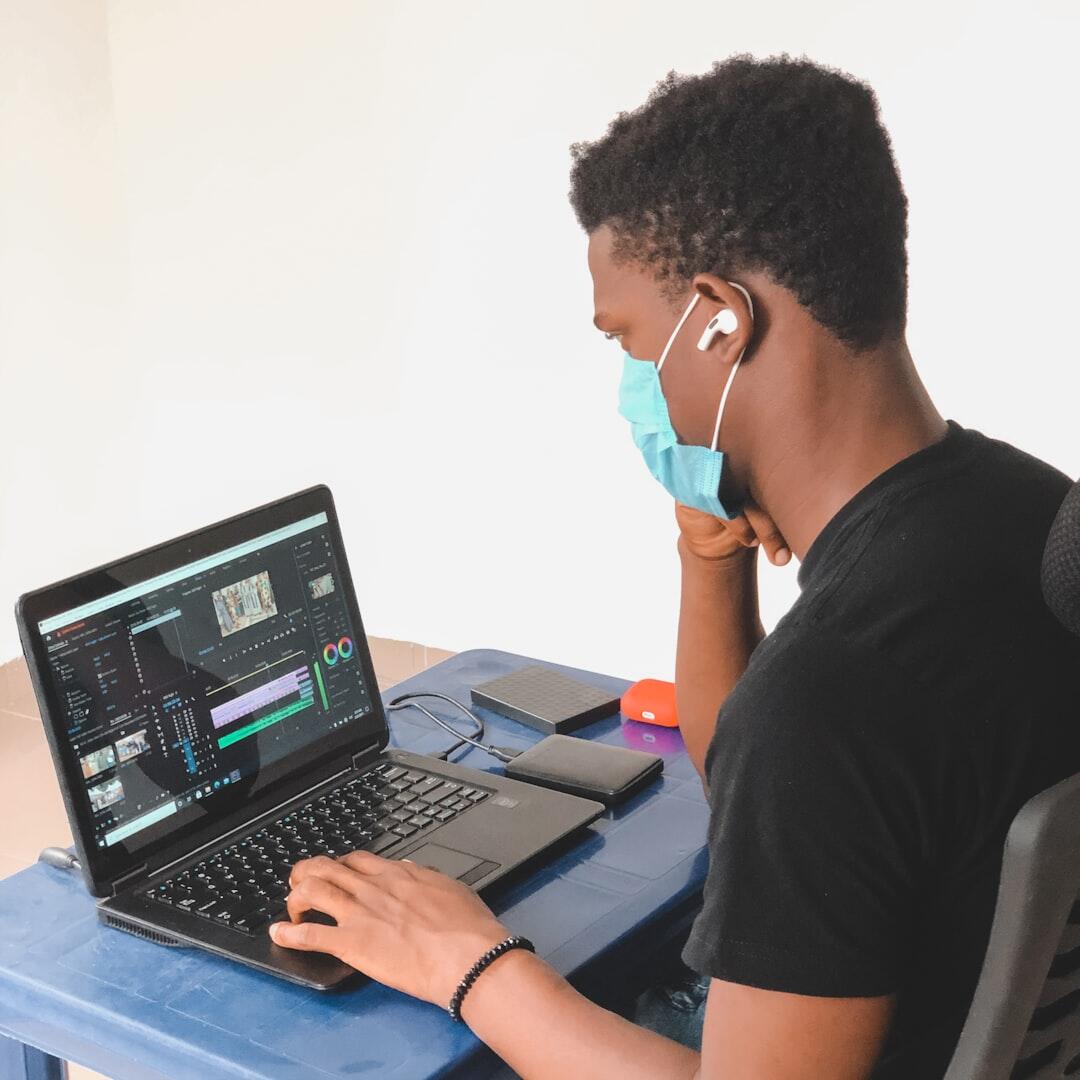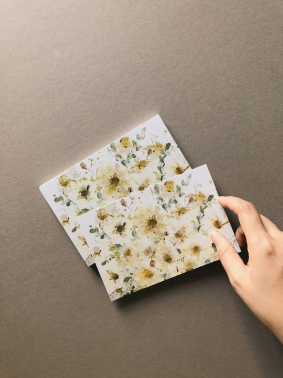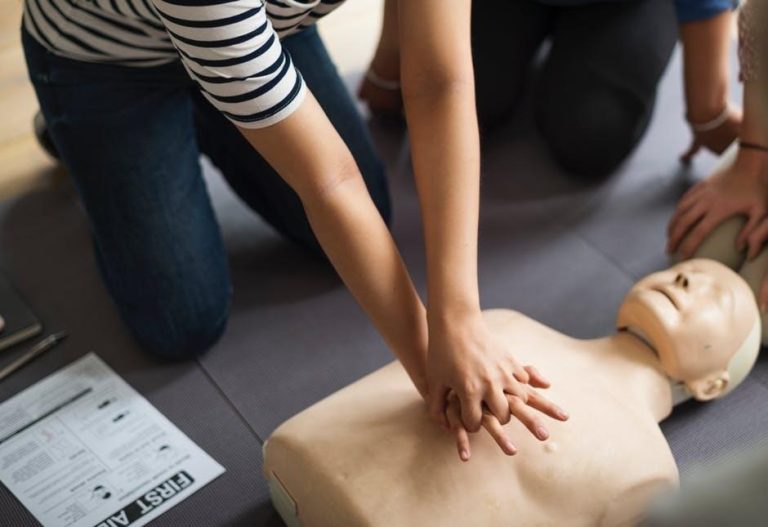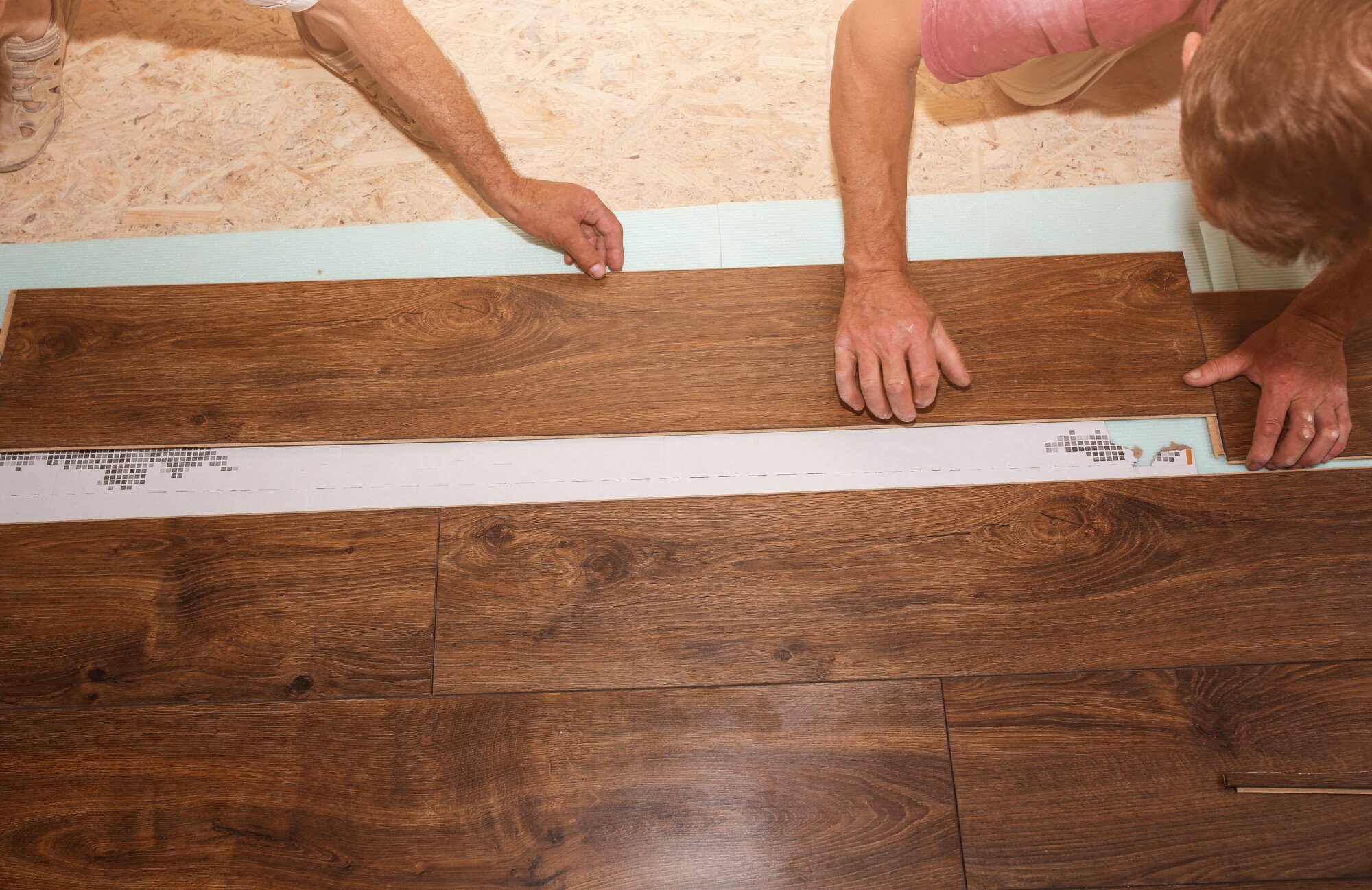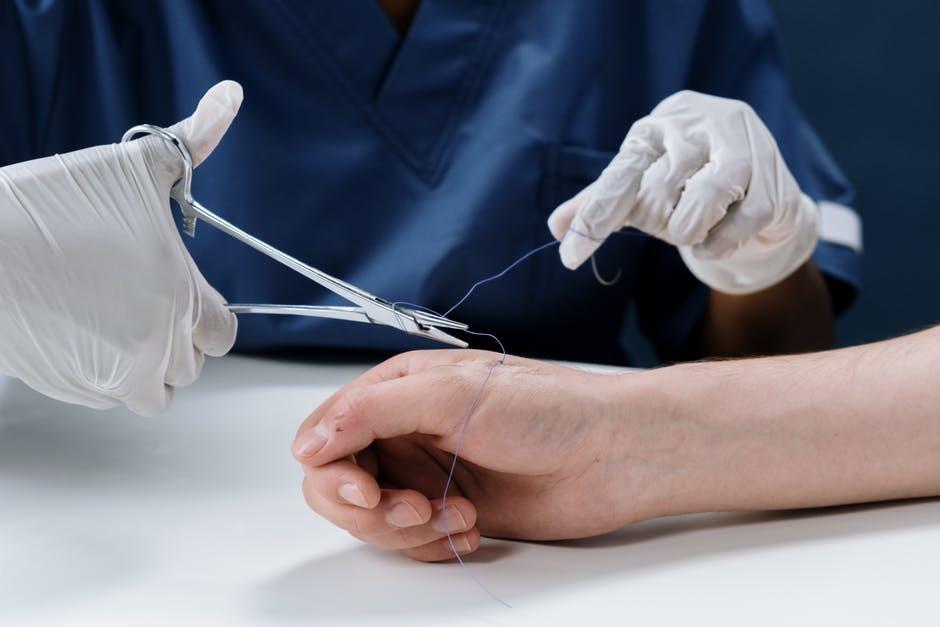Have you ever wondered why some wounds heal quickly while others take longer? Proper wound care plays a major role in preventing infection and speeding recovery.
Many people underestimate the importance of correct treatment for cuts, burns, and injuries. Without the right care, wounds may lead to complications that could have been avoided. Learning simple steps and proven methods ensures faster healing.
This guide will break down the basics in a clear way. By the end, you’ll know effective wound care treatments for safe and quicker recovery. Keep on reading!
Understanding the Basics of Wound Healing
The body has a way of healing itself that works on its own. First, blood arteries narrow to stop the flow of blood and create a clot. As a temporary shield, this clot keeps germs from getting into the wound.
Then, white blood cells come to clean up the wound and fight off illness. As time goes on, new tissue grows to fill in the gaps. New skin cells are also made during the mending process.
If you take care of the wound correctly, it will heal without leaving many scars. When you know these steps, you can give the right treatment at the right time.
Cleaning Wounds the Right Way
To prevent a cut from getting infected, you must first clean it properly. Washing your hands first will help stop the spread of germs. For a gentle rinse, use clean water or a light saline solution.
Do not use harsh chemicals like hydrogen peroxide because they can hurt good tissue. After running clean water over the cut, carefully pat it dry with a clean cloth or sterile gauze.
Get rid of any dirt or other things that are still stuck. This makes sure that the wound can heal in a safe area. Getting clean makes a big difference in how quickly you heal.
Choosing the Right Dressings
Clothes that cover scars are very helpful for keeping them safe while they heal. An appropriate patch keeps dirt, germs, and water away from the hurt area. People often say that non-stick gauze pads should be used on small cuts and scrapes.
For deeper cuts, you might need a medical bandage that can soak up more fluid. These days, bandages also have hydrocolloid or foam pads that help the wound heal faster. These choices help keep the right amount of moisture in the air.
Too much water can make the wound heal more slowly, and too little water can dry it out. Choosing the right treatment is important for good care.
Keeping Infections Away
One of the main goals of wound care is to keep the wound from getting infected. Even small cuts can get bacteria in them if you don’t treat them. An antibacterial cream or ointment can help lower this risk.
Using a clean dressing to cover the area makes it safer. To keep germs from building up, the dressing should be changed often. Redness, swelling, pus, or pain that doesn’t make sense are all signs of an illness.
If any of these things happen, you may need medical help. Keeping cuts from getting infected helps them heal faster and safer.
The Role of Nutrition in Healing
What goes into the body can affect how wounds heal. Protein is essential because it helps build new tissues. Vitamin C supports the production of collagen, which strengthens the skin.
Zinc also plays an important role in boosting the immune system. Drinking enough water keeps the skin hydrated and promotes repair. A balanced diet ensures the body has enough energy for recovery.
Poor nutrition can slow healing or increase the risk of infection. Eating the right foods supports both short-term and long-term health.
Special Care for Different Types of Wounds
Not all wounds are the same, so they require different care. Minor cuts usually heal well with cleaning and basic dressings. Burns may need special ointments to reduce pain and prevent scarring.
Deep wounds or surgical cuts often require stitches and closer monitoring. Pressure sores, common in people who stay in bed for long periods, need careful repositioning and dressings.
Diabetic wounds are more complicated because of slower healing. Each wound type should be treated with its specific needs in mind. Understanding these differences ensures better results in care.
When Professional Help Is Needed
Sometimes, home care is not enough to treat certain wounds. If a wound continues to bleed heavily, it should be checked by a doctor. Deep cuts that expose fat or muscle tissue need medical attention.
Wounds that do not show signs of healing after several days may require treatment. If there is spreading redness, severe swelling, or fever, it could mean infection has set in.
In some cases, skin grafts are used to help close large or complex wounds. Professional care reduces risks and speeds up recovery. Knowing when to seek help is very important.
The Importance of Consistent Monitoring
Monitoring wounds daily helps track progress and prevent problems. Look at the wound carefully to see if it is getting smaller and healthier. Pay attention to any unusual discharge or bad odor.
Notice color changes, as healthy wounds usually appear pinkish. Keep the area clean and change dressings as needed. Do not ignore signs of delayed healing or worsening pain.
Consistent care ensures that issues are addressed before they become serious. Regular observation supports safe and steady recovery.
Tips for Faster Recovery at Home
Simple habits can help speed up wound healing at home. Rest is important because the body repairs itself during sleep. Avoid touching or scratching the wound; this may irritate it.
Keep the wound area elevated when possible to reduce swelling. Wear loose clothing that does not rub against the injury. Stay active but avoid activities that might reopen the wound.
Keep stress levels low, since stress can slow down healing. Following these habits, along with proper treatment, leads to better results. Small actions make a big difference in recovery.
Effective Wound Care Treatments to Promote Faster Recovery
With good wound care, you can heal faster and avoid problems. Each step, from washing and dressing to eating and watching, helps the body heal. Knowing the different types of wounds is important for safe and easy wound care.
Daily simple habits can also help with healing. You can fix many wounds at home, but those that are really bad or won’t heal need to be seen by a doctor. It works best to keep cuts from getting infected and support the body’s natural healing process.
Did you like this guide? Great! Please browse our website for more!




